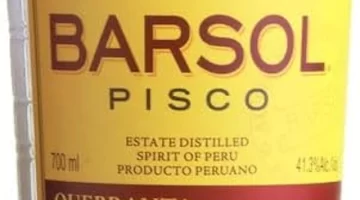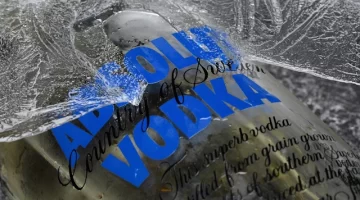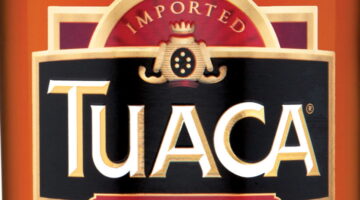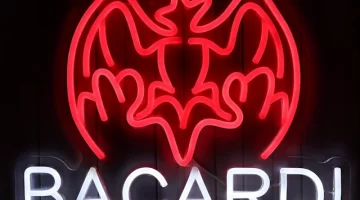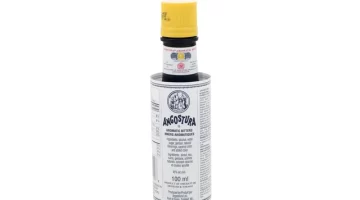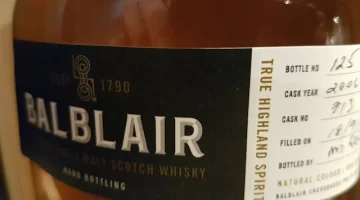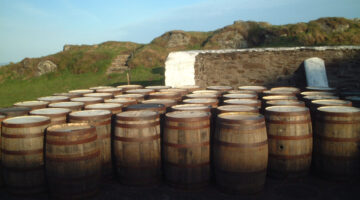What is the Angels Share?
What is the angels’ share of a spirit, and what factors in barrels, warehouses and climate influence the share the angels get?

The so-called angel’s share (or angels’ share, depending how many you have in your warehouse), is the wine or spirit that evaporates during the aging process. How much this is depends on the humidity in the cellar. If humidity is high, more alcohol than water will evaporate, reducing the strength of the liquid. If humidity is low, more water will evaporate and the alcoholic strength will increase.
Metaxa Doesn’t Share with the Angels
At the Metaxa Distillery in Athens, Greece, Metaxa Master Costas Raptis told me: ‘Here we have the opposite of the angels’ share. In our cellars we find it’s not so humid, it’s dry, even though the cellars are seven hundred meters (2,300 feet) below the ground. Because of this, the water tries to go through the staves to replace the humidity, which increases the alcohol and enriches the flavor. So we call this the angels’ treasure. It’s what the angels leave for us to enjoy.’

Raptis even created a special expression of Metaxa in 2016 which he called The Angels’ Treasure. He created a spirit that was slightly stronger than the regular Metaxa, and which was much more complex in aromas and tastes, as a nod to the intensity the angels were adding to the spirit in the barrels.
Raptis’s comment also explains the simple basis of how the angel’s share is created. If the outside atmosphere is dry, the water inside the barrel tries to balance this out by escaping. If the atmosphere is humid, and there’s more water in the air outside the barrel than inside it, the water inside the barrel is content to stay where it is, and let more alcohol out in the ‘breathing’ process in which wood and liquid intermingle.

The Angels Share at The Glenlivet
Not all distilleries are as fortunate as Metaxa. At The Glenlivet Distillery, in the Cairngorms National Park in northern Scotland, they estimate that they lose on average about 2 percent of their whisky every year. However, it can be twice as much when a whisky is young, and gradually diminishes over time. Still, it’s reckoned that a whisky that’s aged for twenty years will have lost 40 percent of its volume in that time. As The Glenlivet produces about six million bottles of whisky a year, that’s a considerable loss, but it’s simply an inevitable part of the process.

The Angels Share: Location Matters
The location of the warehouse and the local climate also plays a part. Kentucky, for example, in the southern half of the USA has a very different climate than Speyside in the north of Scotland. Even within Kentucky the climate varies, so Jim Beam will have a different experience from Woodford Reserve, seventy-five miles (121 kms) to the east.
Even the place where a barrel is stored inside the warehouse makes a difference to the angel’s share, especially in somewhere like Kentucky where temperatures vary widely. Summer highs of 87F (31C) are common, while in winter it will fall below freezing. In summer the top rows of barrels in a tall warehouse, directly under the roof, can reach a sweltering 140F (60C) while the bottom rows might be only 68F (20C). It also may be more humid at the top than at the bottom, so canny angels will figure out the best place to flap their wings.

The Angels Share: Cask Size Makes a Difference
The size of the cask also affects how much alcohol the angels receive. Smaller casks have more alcohol in contact with the wood, so more evaporation takes place, sometimes remarkably large percentages. This means maturation happens more quickly, so by allowing the angels their share, a distillery can get its whiskies to the market more quickly.
The Angels Share Fungus
A common side-effect of this process is the blackening of walls in wine and spirit warehouses due to the baudoinia compniacensis fungus, also known as the angel’s share fungus or the whiskey fungus. This fungus also likes to hang around in bakeries, but especially thrives where there is alcohol in the atmosphere, doing its hanging around in the air. It thrives on ethanol in a vapor, making booze warehouses its natural habitat, though you’ll also find it in petrol storage facilities.
According to Wikipedia:
‘Baudoinia compniacensis can be identified by its black, effused mycelium that can be velvety or crust-like. It features hyphae which are vegetative, dark brown, thick-walled, and often moniliform; although it lacks distinctive conidiophores. Conidiogenous cells can be found integrated within vegetative hyphae. Its conidia are dry, nonseptate or uniseptate, at the median. The conidia are thick-walled, globose to barrel-shaped, brown to black, and typically found with coarse surface ornamentation, dehiscing by schizolysis. Ramoconidia are absent. Colonies on MLA grow slowly and are dark in pigmentation. Synanamorphs are absent during its asexual reproduction stages. The presence of teleomorphs is unknown.’
About the only part of that which I understood was the bit about asexual reproduction, presumably because its living conditions create a bad case of brewer’s droop. It’s also frequently eaten by snails and slugs, and although living in a whiskey warehouse sounds fun, life isn’t exactly a barrel of laughs, so to speak, for the average whiskey fungus. Despite that, the fungus is found all over the world but was first identified in 1872 around the cognac distilleries in Cognac, France.
Some distilleries and wineries remove the fungus with bleach or high-pressure water jets, while others leave it alone, believing it adds to the atmosphere of an old building. The fungus does absolutely no harm to anyone or anything so it’s probably best left to its own devices, knocking back the ethanol and avoiding gastropods.
